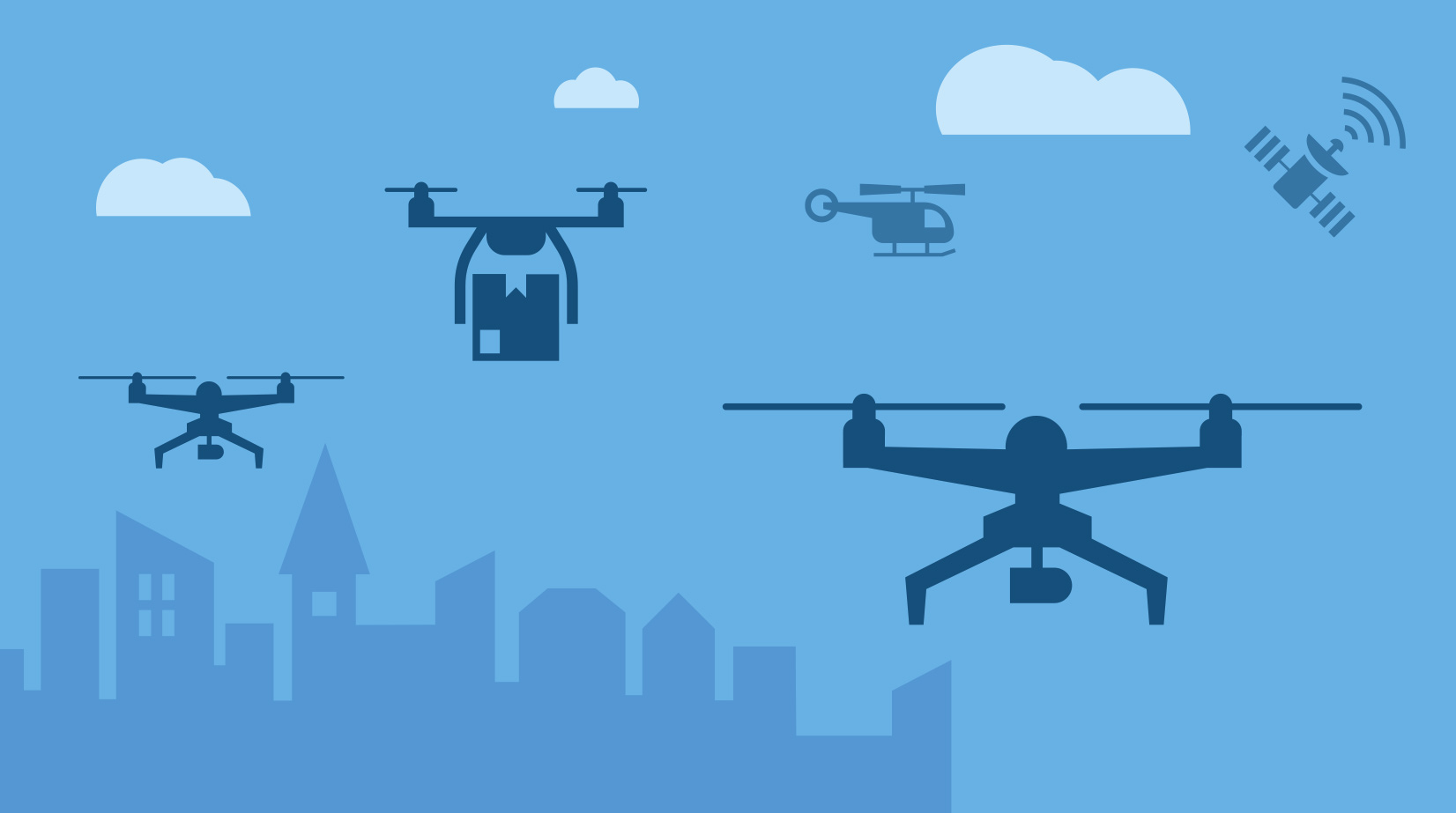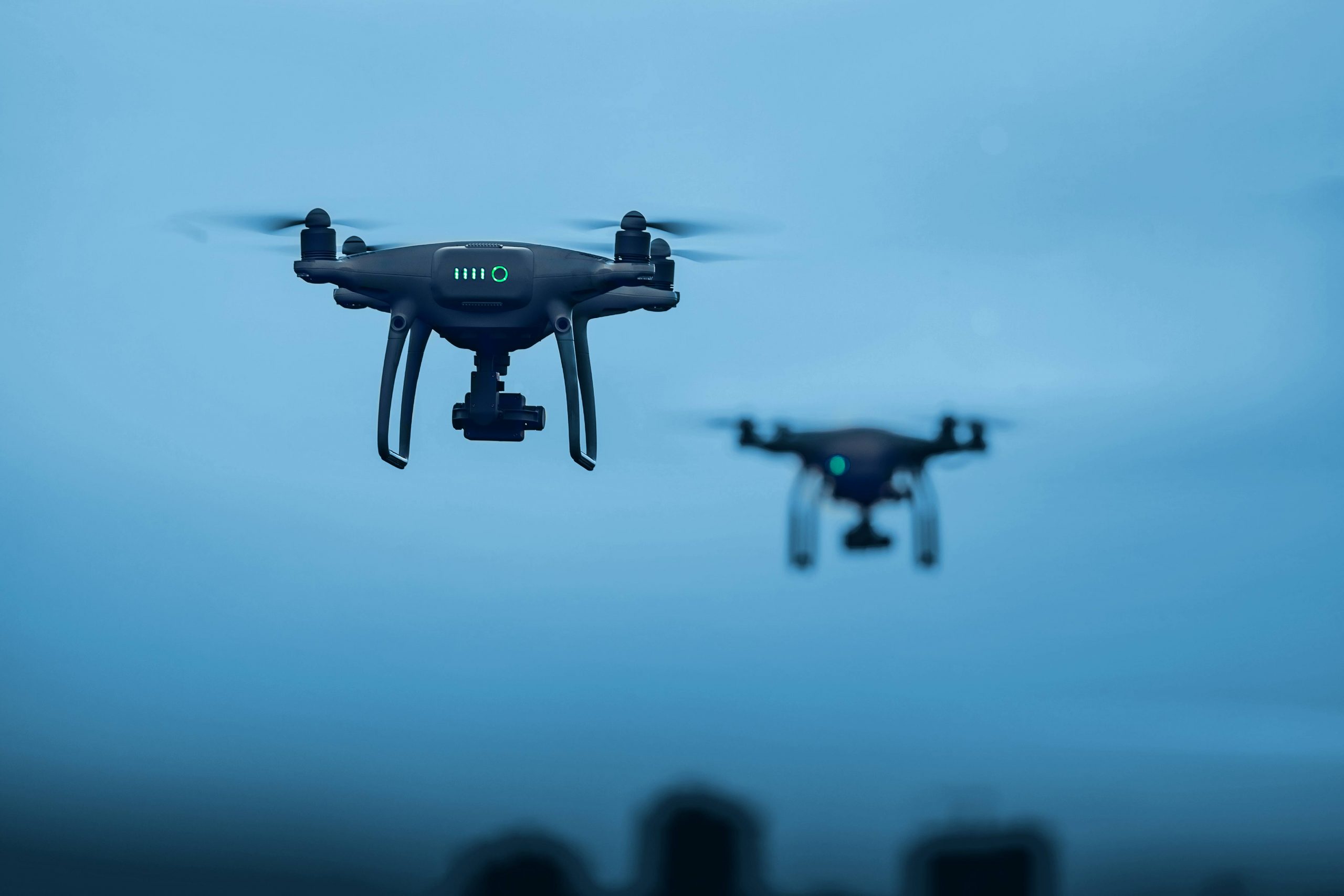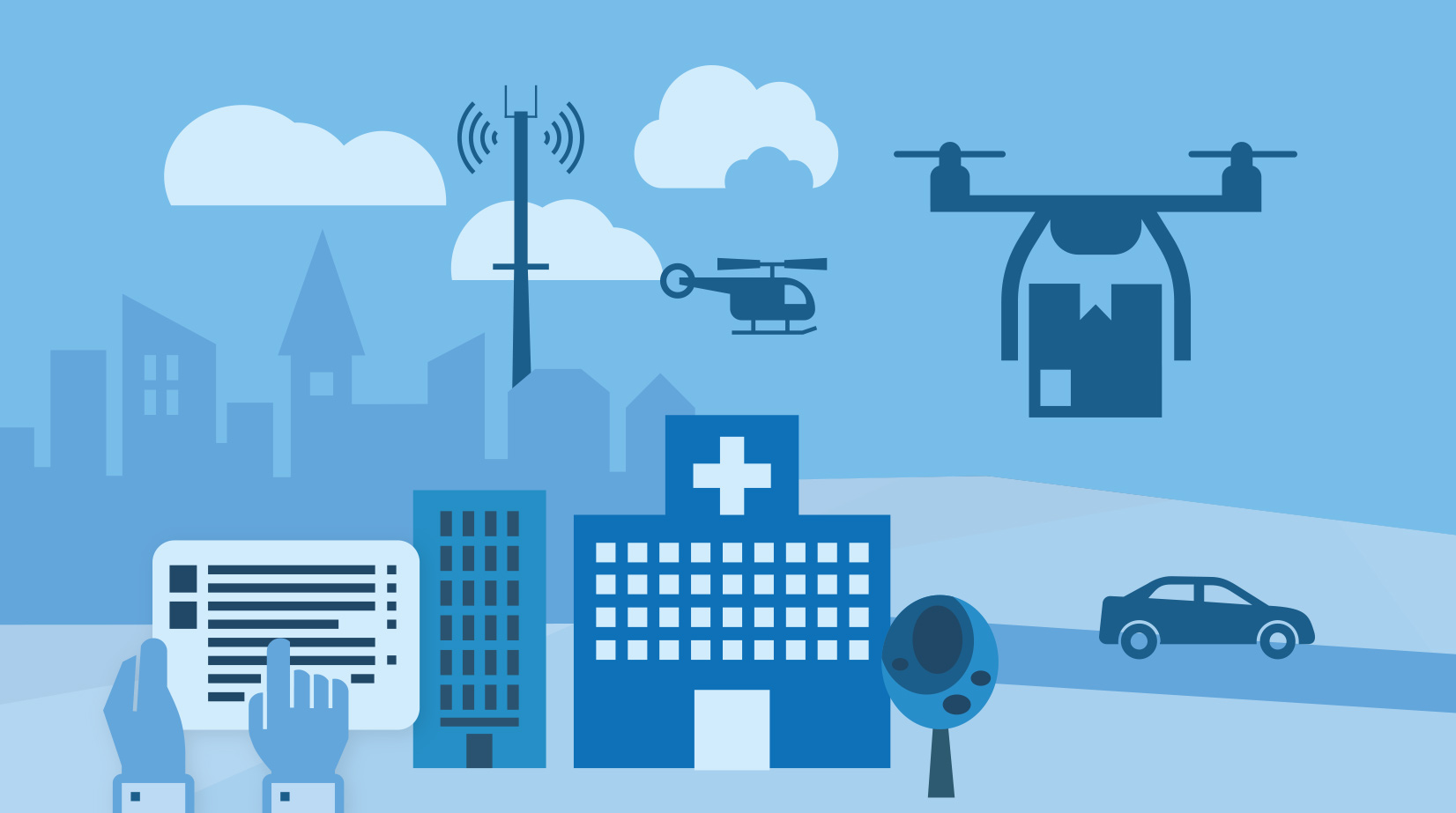Urban Air Mobility (UAM) is the topic of the moment
It has been present in all media outlets for the last two weeks, due to the presentation of the first Airbus air taxi called CityAirbus on March 11th, 2019 in Ingolstadt, Germany. Ingolstadt is, along with Hamburg, one of two German EU model regions for the Urban Air Mobility (UAM) test.
The presentation was attended by the minister of transportation Andreas Scheuer (CSU), numerous local politicians and Digital State Secretary Dorothee Bär (also CSU). This aircraft is intended for passenger transport and connects the digital world with traffic.
However, there are some aspects that show that this aircraft is (unfortunately) still a vision of the future
The aircraft with 8 rotors was presented, but its function could not be demonstrated. This may be due to the fact that the aircraft may not yet be operational. The current legal situation for unmanned aerial vehicles might be the more obvious reason.
Currently, this copter is not allowed to fly over urban areas, because this would require permits for every single flight. You can´t just take off because it is not permitted without further ado. It is also not allowed to fly over crowds of people as they can be found at a marketplace presentation. According to current legislation, unmanned aerial vehicles may only be flown on sight. However, the CityAirbus has a range of 50 kilometers.
The idea is that the CityAirbus will operate on fixed flight routes between airports and fixed landing zones in the city. So it is more like a bus, as the name already suggests. Apart from using batteries instead of a combustion engine and of being unmanned, the advantages of the CityAirbus compared to conventional helicopters do not seem obvious at the moment.
We think that an air taxi with fixed routes and landing places does not offer any advantages for the mobility of the general population. The costs for its unmanned operation would currently be simply too high for the majority of the population to derive a sustainable advantage from it. Especially since the high take-off weight and passenger transport would be tied to a large number of rules.
According to current legislation, route marshals must be used, but this would mean considerable personnel costs. The use of an Unmanned Aircraft System Traffic Management (UTM) will certainly help in the future and reduce the costs for the personnel used. At present, however, the costs for these route marshals must be added to the development, production and operating costs of an unmanned aircraft project. Seen in this light, the promised 15 million euros from the BMVI funding program no longer sound as lavish as transportation minister Scheuer declared. Calculated down to so-called fast projects with a budget of 500,000 € or the promotion of studies with 100,000 € that number seems even more unrealistic if you keep the personnel costs in mind for each test flight.
In addition to compliance with the many rules and laws, there is also a need for further requirements that are not yet in place. For a regulated procedure, the network coverage with 5G is absolutely necessary, because only this communication standard promises an almost latency-free data transmission. At present, the network providers just began to negotiate about the grid expansion of 5G. It will, therefore, be some time before this standard is available across the whole country.
In order to guarantee the communication, location, and networking of all (flight) participants, other new technologies are necessary, some of which have not yet been developed. It is therefore not assumed that autonomous operations will be implemented within the next ten years. In addition to the technical challenges, various legal framework conditions still need to be defined and hurdles overcome, analogous to autonomous driving.
One hurdle that should not be underestimated and that must be overcome is the acceptance among the population.
Airbus carried out a study and interviewed 1,540 people in Los Angeles, Mexico City, Switzerland, and New Zealand. 44% of the respondents support the use of air taxis. However, approval varies from area to area or city to city. In Mexico City, the approval was the highest with 67% of the respondents. 19% were neutral about UAM. In New Zealand, on the other hand, approval was lowest at 27%. 25% of the respondents were neutral about air taxis. Looking at the age of the interviewees, a clear difference can be seen. For the group aged 25 to 34 the agreement is very high with 55 %. Whereas in the age group 75 to 84 only 15 % rate UAM as positive. The current commuting time of the respondents also has an influence on the acceptance of UAM. People who on average have to spend more time commuting support the use of air taxis. In addition, men are more likely to agree with air taxis than women. The five most frequently cited concerns with the use of UAM are the following:
- Safety of objects and individuals on the ground
- Noise caused by the equipment
- The type of noise caused by the equipment
- The exact time of transport during day/night
- Altitude of the vehicles
The demands placed on the comfort and quality of the equipment are another addition to the worries and fears of the population. Automobile manufacturers are preferred by the population as producers of air taxis. This is due, among other things, to brand awareness and the associated positive experience in the areas of safety and quality. The combination of UAM and autonomous driving must be seen as an overall concept for the mobility of the future. Both areas have many overlaps in aspects that require a similar technology, such as routing algorithms. German car manufacturers, in particular, have a good position here and can benefit from synergy effects in the future. According to a study, however, the production of air taxis will account for only five percent of the total market. Operations are estimated at a maximum of one third. The largest share (55 %) will be accounted for by flight switching and additional services (e.g. infotainment, etc.).
Valid and official geodata is indispensable for Urban Air Mobility. The navigation devices used in unmanned aerial vehicles must have such data in order to ensure a safe flight. Other mobility solutions must not be disturbed by the use of this new technology and safety must be paramount. Our aim is to facilitate the use of drones and make this technology available to all sectors of the economy. In the urban environment, however, there are still a number of hurdles to be overcome to turn the vision of the future into a safe and reliable reality.
Project WinDroVe in Hamburg
In Hamburg, FlyNex is involved in the WinDroVe project, which investigates the economic use of drones in metropolitan regions. The model project will enable the use of drones to transport tissue samples between two hospitals. The use of drones should lead to faster results and thus to shorter patient stays.
With the help of our project management software HORIZON, flights can be planned including the complete routing. In addition to fleet management, our map data is extremely important for this project. HORIZON can also be used to exchange project data with various stakeholders.
The fact that we have valid geodata means that flight routes can be planned in such a way that they comply with legal requirements. Our solution shows directly while creating a route which laws and regulations have to be complied with. This saves a lot of time, as there is no need to search for applicable laws for a specific area. While manually creating a flight plan takes at least 5 hours, our solution makes it possible to do it all in 30 minutes. The resulting flight plan is also more accurate as it is based on geodata from over 165 different official data sources.
Best regards
The FlyNex Team




